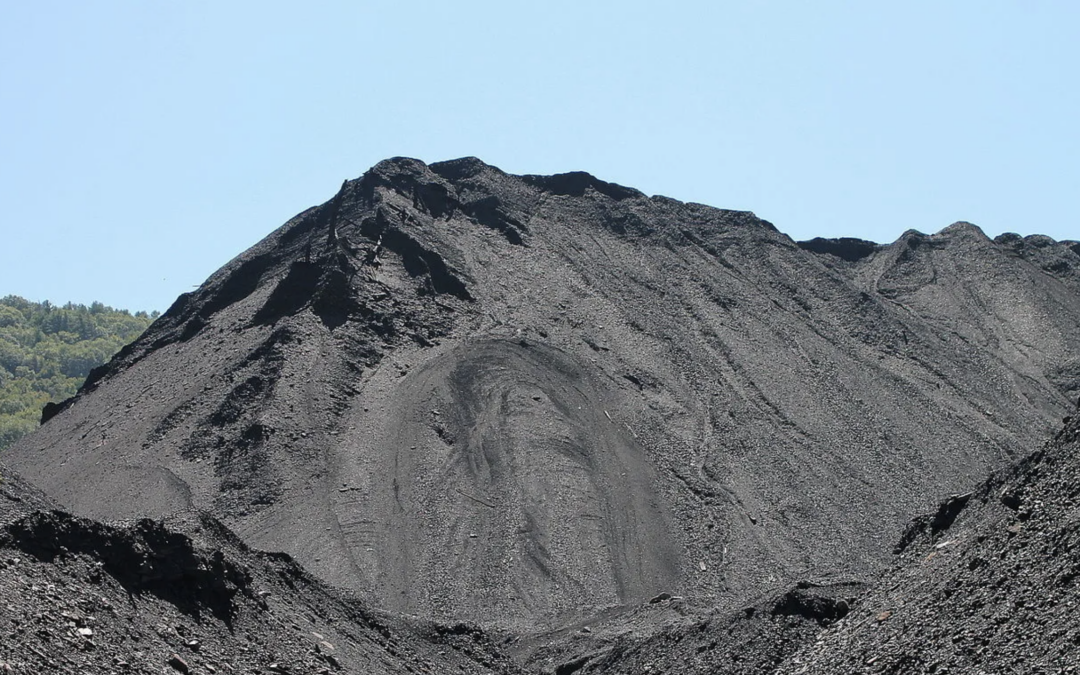The U.S. Environmental Protection Agency (EPA) announced its proposal to expand the regulation of coal ash, which is the toxic byproduct of coal combustion. The Coal Combustion Residuals (CCR) rule finalized by EPA in 2015 exempted coal ash stored in legacy ponds and landfills, even though the toxic waste at these legacy sites has contaminated groundwater across the country with heavy metals and other harmful pollutants. Coal ash ponds and landfills are disproportionately located in low-income communities and communities of color, putting these communities at an increased risk of being exposed to the toxic pollutants found in coal ash.
The new rule proposed by EPA extends federal requirements to monitor, close, and clean up older landfills, legacy ponds, and fill sites that were previously excluded from federal regulations. The action was prompted by a lawsuit seeking to close a glaring loophole that had left many of the nation’s mountains of coal ash without federal regulations. Though EPA’s proposal is a significant step toward cleaning up toxic coal ash sites across the country, it fails to address ponds that did not have water in them as of October 2015, or after the 2015 CCR went into effect. Landfills at former coal plant sites that do not also have legacy ponds onsite are exempt from EPA’s proposal. Coal ash that was used as construction fills at schools, playgrounds, and other public spaces is also exempt from this proposed rule.
“This is a really big deal,” said Lisa Evans, senior counsel at Earthjustice, a nonprofit organization litigating environmental issues, which represented the public interest groups. “For far too long a large portion of toxic coal ash around the U.S. was left leaching into drinking water supplies without any requirement it be cleaned up. The EPA is taking significant steps to address a massive loophole that let many coal plant owners off the hook.”

